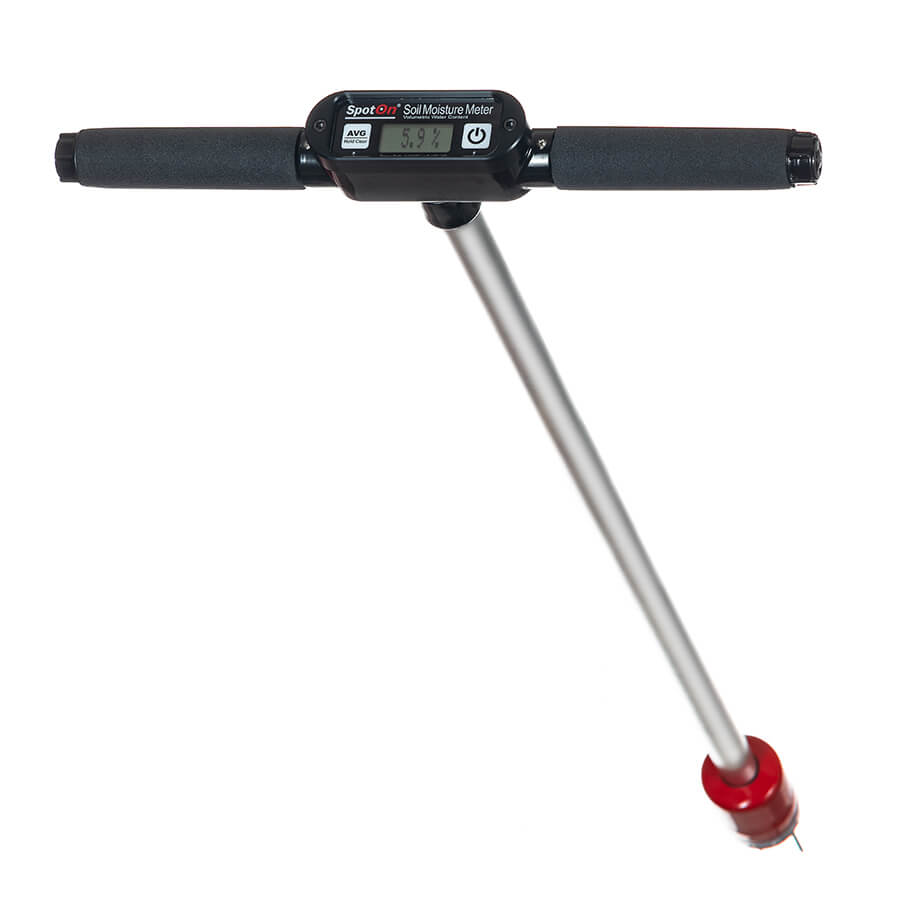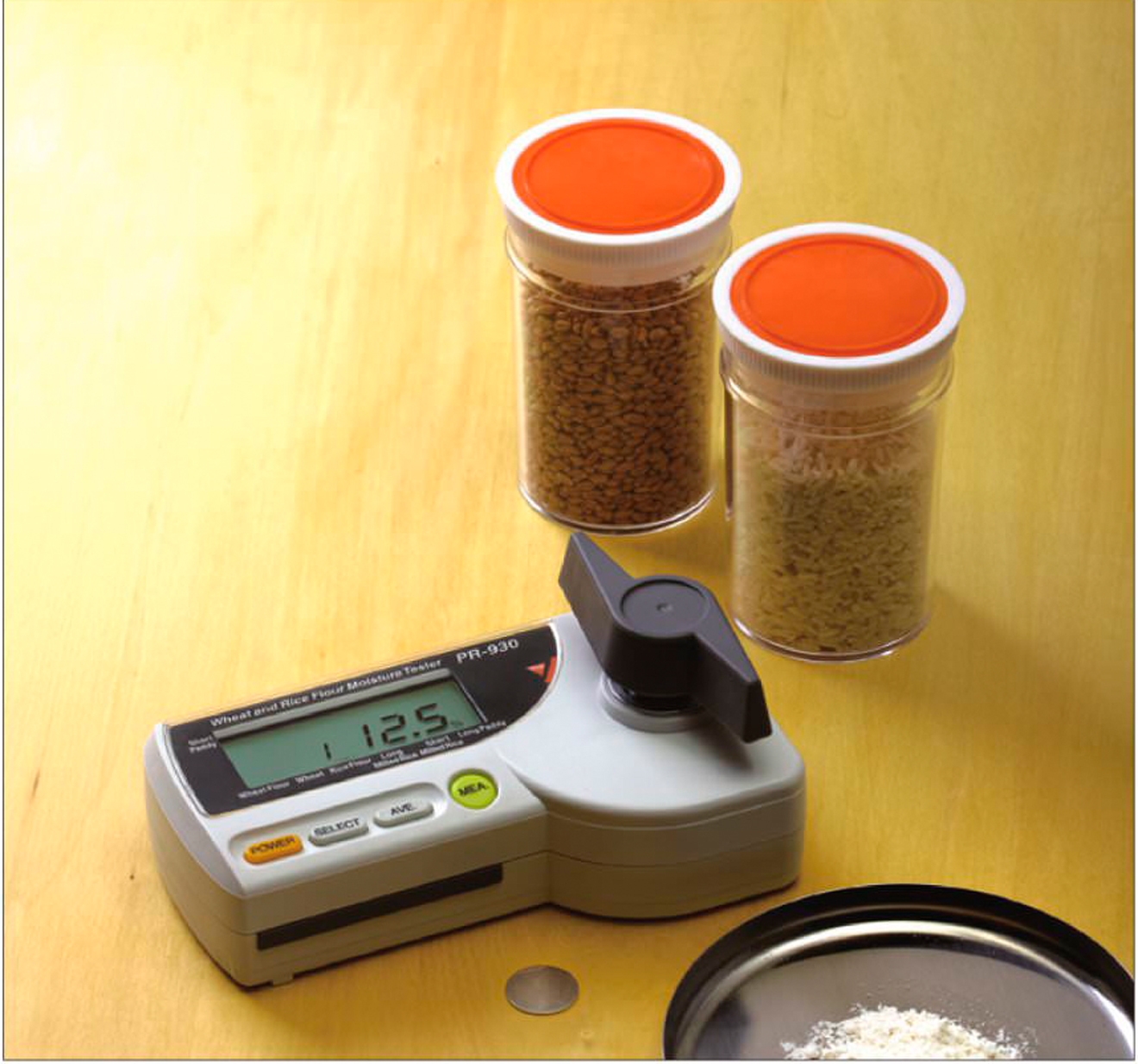Why Every Home Owner Requirements a Moisture Meter: Key Benefits and Features
Why Every Home Owner Requirements a Moisture Meter: Key Benefits and Features
Blog Article
Explore the World of Moisture Meters: Every Little Thing You Required to Know
In the world of dampness meters lies a world of accuracy and practicality that commonly goes undetected. Understanding exactly how moisture meters operate, the various kinds readily available, and their diverse uses can lose light on their importance in making certain quality and efficiency.
Just How Moisture Meters Work
Moisture meters operate by gauging the electrical conductivity or capacitance of materials to establish the wetness material existing. These meters are indispensable tools across different industries, consisting of woodworking, agriculture, and construction. By making use of various techniques such as pin-type or pinless innovation, dampness meters offer precise analyses that assist specialists make notified decisions.
Pin-type dampness meters function by inserting the sharp pins right into the material being checked. On the various other hand, pinless moisture meters use electro-magnetic signals to scan a bigger area without creating any damage to the product's surface.
No matter of the approach used, wetness meters play a vital role in avoiding problems such as mold development, architectural damages, or item defects brought on by excess wetness. Comprehending exactly how these meters work is essential for making sure the top quality and honesty of products in different applications.
Types of Moisture Meters
Provided the vital duty dampness meters play in numerous markets, it is important to comprehend the different types available to professionals for properly examining dampness degrees - Moisture Meter. There are mainly two main kinds of moisture meters: pin-type and pinless moisture meters

On the various other hand, pinless moisture meters utilize electromagnetic sensing unit plates to check a larger location of the product without triggering any damage. This kind is appropriate for quickly scanning huge locations and is typically made use of for flooring, walls, and ceilings. Pinless meters are convenient for taking readings on completed surfaces without leaving any noticeable marks.
Both types of wetness meters have their benefits and are chosen based on the certain requirements of the task at hand. Comprehending the distinctions between these types is critical for professionals to make precise moisture evaluations.
Applications Throughout Industries
Construction specialists depend on wetness meters to examine the moisture levels in structure materials like drywall, concrete, and timber, which is important for maintaining structural honesty and avoiding concerns like rot or mold. The flooring market makes use of moisture meters to determine the dampness web content in subfloors before setting up different flooring treatments, preventing expensive problems due to excess dampness. In the food industry, moisture meters are made use of to monitor and regulate moisture degrees in items such as grains, nuts, and dried fruits to preserve freshness and top quality.
Tips for Using Dampness Meters
Utilize the wetness meter's calibration setups to ensure precise analyses when gauging the wetness content in different materials. Calibration is vital for the proper functioning of a wetness meter. Before each usage, it is a good idea to check and adjust the calibration settings according to the particular material being evaluated. In addition, make sure the meter is set to the correct wetness variety for the product you are determining to obtain one of the most exact outcomes.
When using a pin-type wetness meter, insert the pins to the suitable deepness recommended for the material being examined. This guarantees that the dampness analyses are taken from the right deepness within the product, supplying useful reference an extra exact representation of its wetness web content. For pinless dampness meters, remember to preserve appropriate contact with the material's surface to get reliable readings.
Regularly inspect and change the batteries in your dampness meter to avoid inaccurate analyses as a result of low power. When not in use to extend its life expectancy and preserve its accuracy, Shop the meter in a secure and dry place. By adhering to these pointers, you can maximize the efficiency of your wetness meter and acquire accurate dampness material dimensions across various materials.
Upkeep and Calibration
To make certain the precision of moisture web content measurements, regular upkeep and calibration of the dampness meter are important action in its proper performance. Maintenance involves keeping the dampness meter clean and cost-free from debris that can affect its analyses. It is very important to adhere to the producer's standards for cleaning to avoid damages to the device. In addition, normal calibration is required to validate the precision of the readings. Calibration changes the dampness meter to ensure that it supplies regular and dependable results.
Calibration must be executed periodically, particularly if the moisture meter is made use of frequently or in important applications where specific measurements are needed. By calibrating the dampness and keeping meter regularly, customers can rely on the precision of the wetness material measurements obtained.
Final Thought

To conclude, dampness meters play an important function in various markets by properly determining the dampness material of materials. Recognizing exactly how these tools function, the various kinds available, and appropriate maintenance and calibration are vital for obtaining reputable outcomes. view website Whether in agriculture, production, or building, using dampness meters aids guarantee top quality control and effectiveness in procedures.

In verdict, wetness meters play an essential duty in numerous markets by accurately gauging the dampness material of products.
Report this page